Geomagnetic Storms
A geomagnetic storm is a disturbance of the Earth’s magnetic field caused by the interaction between the Earth’s magnetic field (Magnetosphere) with the Solar wind. Charged particles from the solar wind can precipitate into the Earth’s Magnetosphere when conditions are right. These charges generate currents , which in turn, generate varying magnetic fields. Geomagnetic storms occur when the density of charged particles in the Solar wind increases significantly. A greater density allows more charged particles to precipitate, which in turn leads to more magnetic variations causing a geomagnetic storm. Two phenomena in the Suns outer atmosphere cause these increased densities: Coronal Mass Ejections(CMEs) and Coronal holes. The impact of strengthened Solar wind can lead to the induction of geomagnetically-induced-currents (GICs). GICs are induced currents, which form in conductors on the surface of the Earth (i.e. wires), due to the considerably large electric fields felt at the surface caused by the varying magnetic fields in the Magnetosphere. GICs are a hazard to ground-based infrastructure such as power-grids and telecommunications. We study and monitor the varying magnetic fields, geoelectric fields and GIC’s in order to improve our understanding of geomagnetic storms, in order to help minimise the hazard posed by them.
Geoelectric Fields
Variations in the geomagnetic field, caused by atmospheric currents, generates electric fields in the Earth’s upper crust all of the time. However, the strength of these fields increases significantly during geomagnetic storms. This is an issue, as these geoelectric fields induce ground-based currents in our infrastructure. Some areas can be more at risk to geoelectric fields than others due to the conductivity of the subsurface geology. The more conductive the subsurface is, the larger strength of the induced geoelectric fields. For example, Coastal regions tend to have larger geoelectric fields, due to the salt water increasing the conductivity of the subsurface rocks. We investigate geoelectric fields in order to help identify regions high risk geoelectric field regions. Due to the difficultly in obtained geoelectric field data over large timespans, we have created a model of geoelectric fields across Ireland using sample short-term geoelectric data and comparing it to magnetic field variations(see figure below). We hope to be able to monitor these geoelectric fields in future.
The Magnetic field Variations(left), change in Magnetic variation(middle) and geoelectric fields(right) are plotted in the video above.
Ground-Based Impact
Strong geoelectric fields induce currents into conductive objects such as wiring and pipes. We call these currents Geomagnetically-Induced-Currents(GICs). GICs can cause damage to our infrastructure such as causing blackouts in power-grids(Quebec, 1989) and lead to corrosion in pipelines. We model GICs in order to predict the regions at most risk, so we can prepare our infrastructure for any damage. We hope in future to extend this model to gas pipelines.
The effects of a geomagnetic storm on Ireland is plotted above. At the top, a plot showing the magnetic field data at Valentia, Birr and Leitrim is shown. Using this data we were to simulate the geoelectric fields(bottom left) across Ireland as well as the GICs generated in the Irish power grid, for the St Patrick’s day geomagnetic storm in 2015. On the bottom left, the brighter the region, the more activity is present. On the bottom right, stronger GICs are represented by larger circles, while red and black are used to show whether the GICs are positive or negative, respectively.





